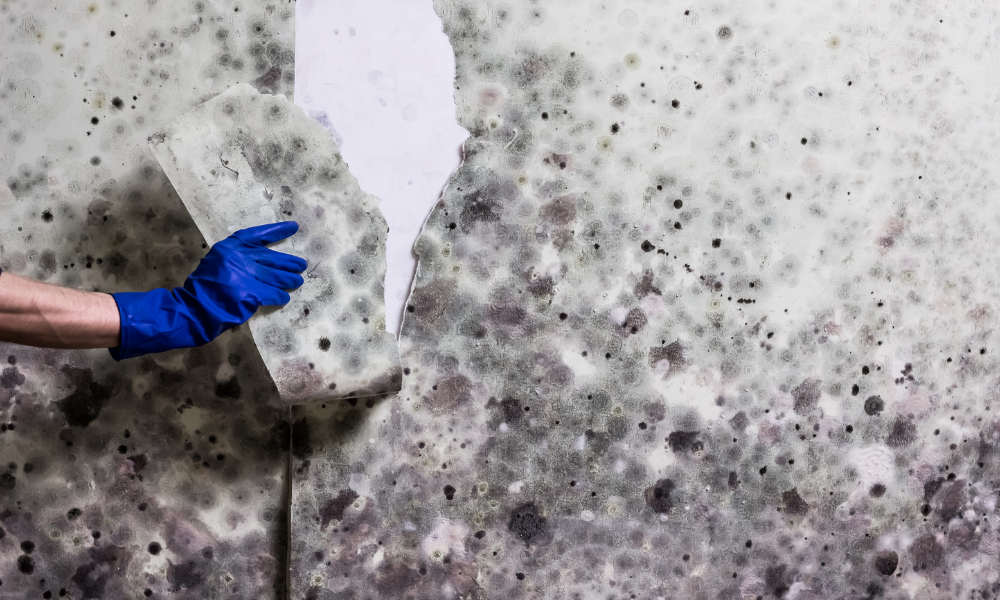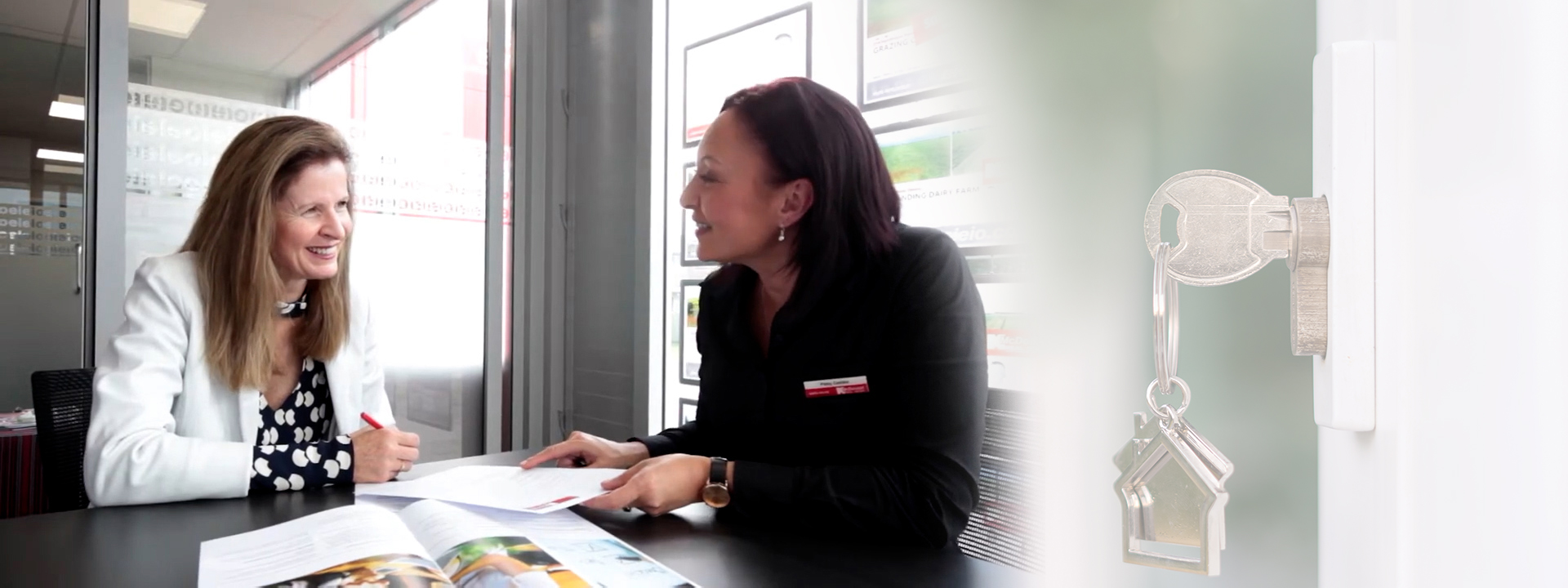Is mould in a rental property the new meth?
Meth contamination in rental properties has been a hot topic over the past couple of years, but a more pressing health issue is beginning to emerge. Mould can have a devastating effect on a property, a tenant’s health, and the value of an owner's investment. From long-term damage and costly repairs to the temporary relocation of the tenant and potential health risks, mould can be a costly problem for everyone involved. While new builds appear to be the golden standard and exempt from such issues, this is not always the case when dampness is involved. The good news is that you can take a wide variety of proactive steps to avoid the dreaded need for repairs.
During McDonald Real Estate’s years of experience in the property management field, we have helped to mitigate mould-related issues and have a few key lessons to share. This blog will outline how landlords and tenants can help prevent mould in their rental properties, how new builds can make the moisture problem worse if not properly ventilated, and 5 actionable tips to reduce moisture levels and increase the health of a home.
How a landlord can prevent mould in a rental property
To prevent mould in a rental property, landlords must check external sources of moisture, especially since dampness typically stems from the outside. This means ensuring gutters are unobstructed and that downpipes and drains are functioning properly. Under the Healthy Homes Standards, landlords must ensure their rental properties have efficient drainage systems including gutters, and downpipes to remove any water from the roof.
In addition, every landlord should ensure the tenants are aware of proper ventilation practices. Routine inspections are a prime opportunity to check for potentially high moisture levels and the current state of ventilation throughout the property. It is also crucial to discuss any problems in this respect with the tenants themselves. Some tenants might be nervous about reporting dampness and mould through fear that they’re blamed for the damage. Reporting early is definitely key, and landlords should encourage any notification of dampness or mould. Ultimately, ensuring the tenant is fully aware of the actions they can take to minimise excess moisture can go a long way in preventing mould in a rental property. A ventilated and well-aired home is an environment mould cannot thrive in. This is especially important to consider during the winter months when it’s less convenient to open windows, etc. A few simple actions tenants can be asked to take are:
- Ensure the extractor fan is on or windows are open when cooking, drying clothes, and/or showering.
- Wipe condensation off windows and walls.
- Avoid drying washing inside.
- Keep lids on pots when cooking.
- Pull beds and furniture slightly away from walls.
- Ensure the shower curtain hangs inside the shower or bath.
Are new builds making the moisture problem worse?
While a new build certainly has its advantages, including being double-glazed and extremely well insulated, they have downfalls. When a new home is built, it’s almost an airtight bubble because of the high-quality materials and modern building methods utilised. This means that during the cooler months, heating is more effective because of the high-grade insulation, and in summer new homes stay cooler. However, this airtightness is also an issue. It essentially creates a barrier for any moisture trying to escape the house. This leads to dampness and can eventually lead to mould.
That’s why in new homes especially, it is crucial to ensure there is sufficient ventilation. This means meeting the Healthy Homes Standards by providing extractor fans in the kitchen and bathroom areas, as well as windows that can open in every room. It can also be beneficial to install a positive air pressure system to move the air around the property.
5 tips to reduce moisture and increase dryness in your property
1. Open windows more frequently
This tip is as easy as it gets but can significantly increase the dryness of your home. Simply letting any trapped damp air escape while also letting some fresh air in will reduce moisture throughout your property. This is tricky in the winter, so installing reliable extractor fans makes this possible all year round.
2. Wipe away any condensation
Getting a cloth or rag and giving the internal windows a quick wipe when condensation appears will significantly reduce moisture. The same goes for the bathroom mirror or kitchen splashback after use. Installing a shower dome in the bathroom can trap moisture in the shower area and protect the rest of the bathroom from excess moisture.
3. Use a dehumidifier
Dehumidifiers are a relatively low-cost way of reducing moisture within a room. They can be used all year round, but are especially helpful when hanging laundry inside during winter or to place in the bathroom, etc. They’re also quite economical when being used for long periods. For example, a 10L dehumidifier can extract approximately 10L of moisture from a property every day. Based on 8 hours of continuous use, it has been observed that dehumidifiers cost anywhere from 9 cents to $1.22 to run per day.
4. Consider installing a positive pressure ventilation system
A positive pressure ventilation system is an incredibly effective and low maintenance option. It consists of a small fan in the loft of your roof that forces dry and fresh air down through the ceiling vents, which pushes damp air out. While these may seem a little more costly upfront, with systems such as the HRV costing approximately $2,599, this option requires little effort from a tenant and helps to protect the property from excess moisture and mould long term.
5. Ensure your property meets the Healthy Homes Standards
Of course, having a dry and mould-free home in New Zealand means you’ll need to comply with the Healthy Homes standards. This means ensuring extractor fans are present in the bathroom(s) and kitchen to send air and moisture outside and keep it away from the internal walls and ceiling. It also means having a range hood in the kitchen, as well as ensuring the plumbing pipes and services have no leaks. In addition, ensuring the downpipes and gutters are clear and not leaking will ensure stormwater has a place to go. Ultimately, compliance with the Healthy Homes Standards will safeguard your property against any excess moisture and protect it from future mould exposures.
Healthy Homes ventilation guidelines
At its core, the Healthy homes ventilation guidelines are designed to provide tenants with a dry and warm home that is free of mould. Therefore, it is best to ensure your property meets these standards from the get-go. This is why having a highly experienced property manager, like the McDonald Real Estate team, is invaluable. If any standard needs to be met, our team will ensure it is completed in the most efficient and hassle-free manner.
With serious health associated risks, as well as potential financial losses in property repairs and temporary tenant relocation, this is an issue that’s better to address sooner rather than later. Our trusted team of highly trained professional property managers can help. If you would like guidance on your options with a damp property, how to prevent your property from becoming damp, or simply take the stress away from the day-to-day running of your rental property portfolio, then contact us today. We take care of the Healthy Home requirements so you don’t have to. If you’d like to discover more about what the standards mean for your property, download our Healthy Homes guide today.






